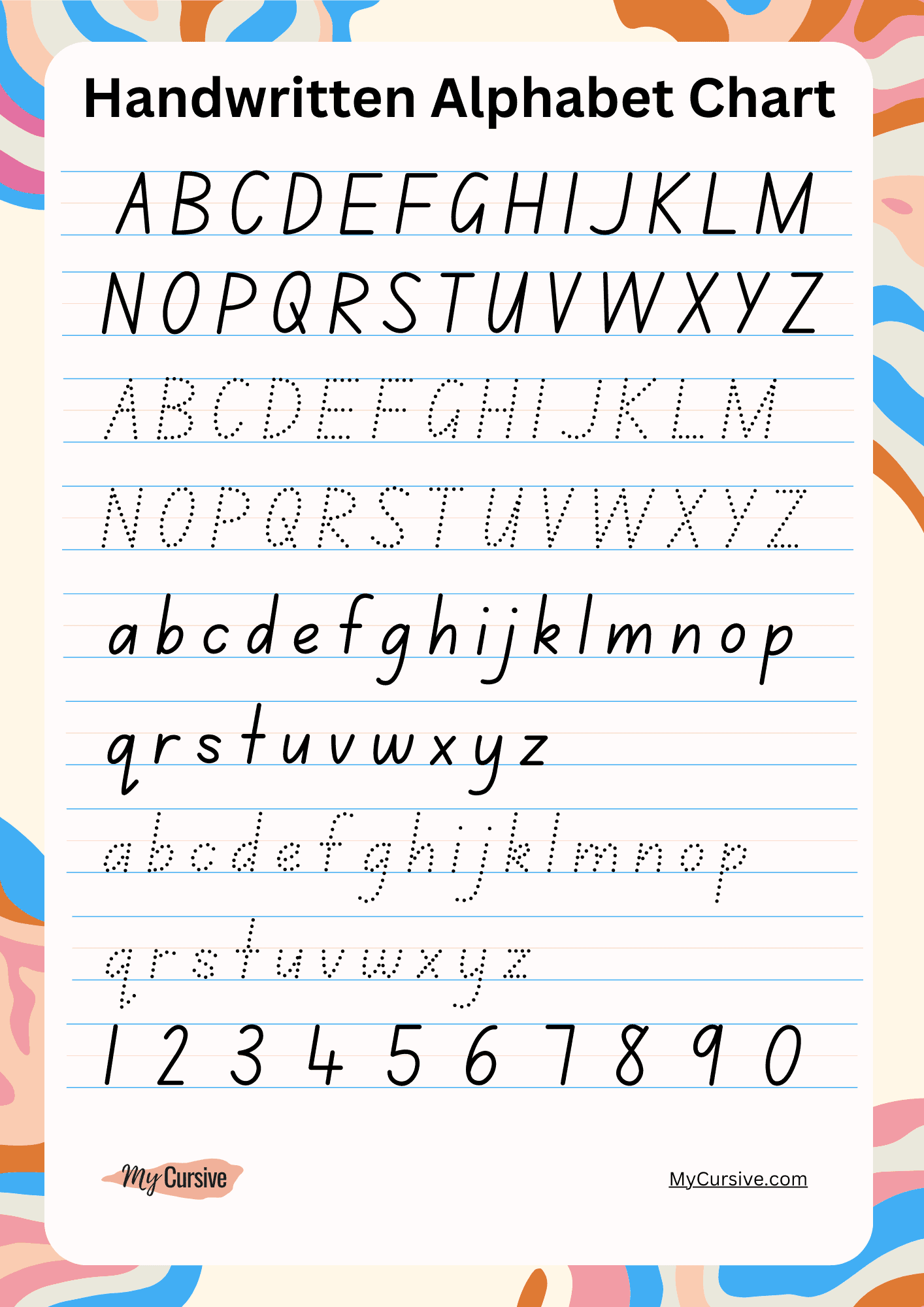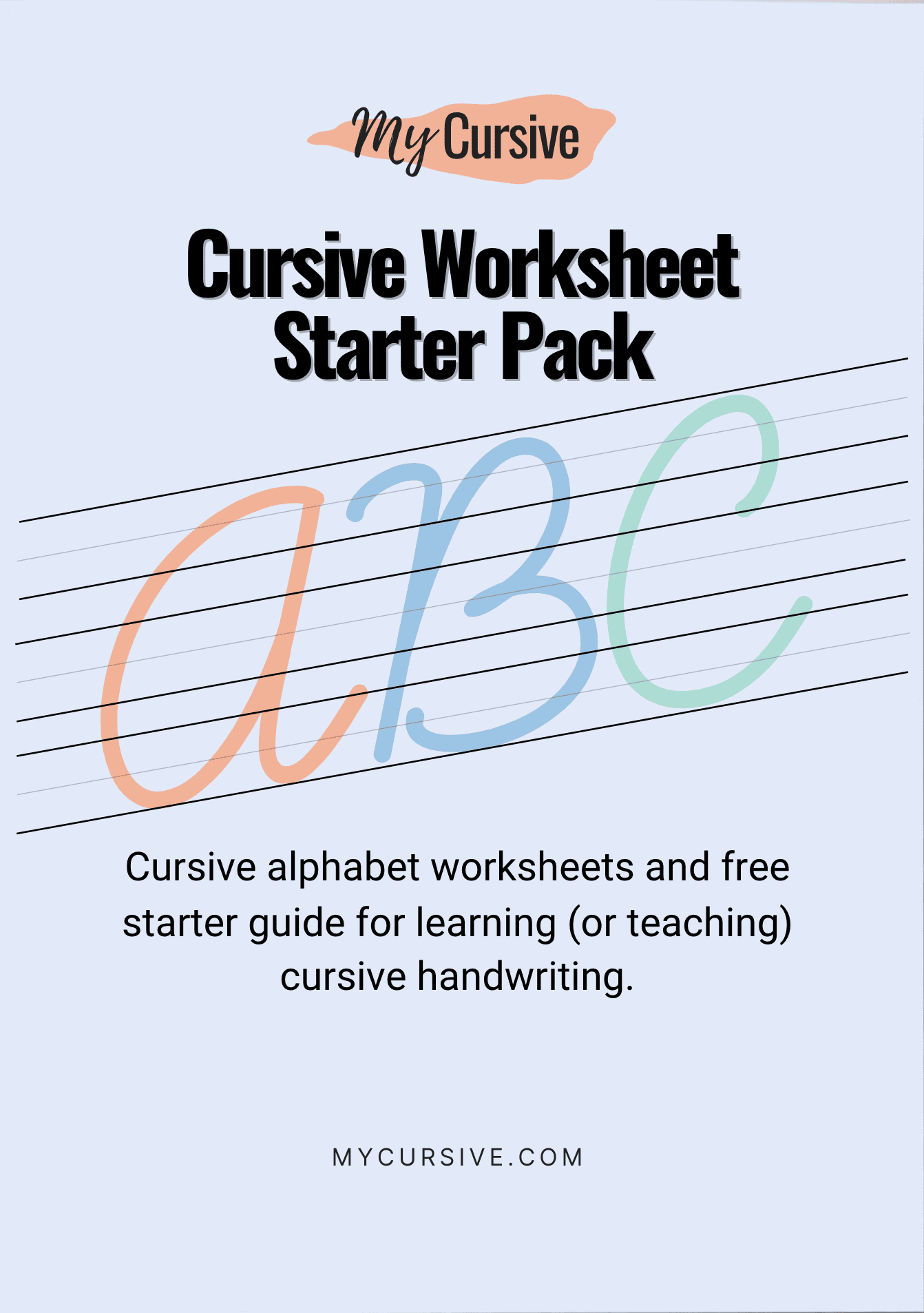Why Handwriting Practice is Important
Handwriting practice plays a crucial role in developing fine motor skills and cognitive abilities in children. By tracing letters, children not only learn the shapes of the letters but also enhance their hand-eye coordination and concentration.
Research indicates that handwriting helps reinforce learning and memory retention. For instance, studies show that students who write by hand are better at recalling information compared to those who type. This makes handwriting practice essential for academic success and overall development.
How to Use MyCursive Worksheets Effectively
To maximize the benefits of MyCursive worksheets, it's important to follow a structured approach. Start by introducing one letter at a time, allowing users to focus on mastering each letter's formation before moving on to the next.
Incorporate regular practice sessions into your daily routine, using the worksheets to track progress. Additionally, complement the worksheets with the accompanying tutorials, which provide visual guidance and reinforce the learning process through demonstration.
Available Resources for Each Letter
MyCursive offers a comprehensive suite of resources for each letter of the alphabet, including downloadable worksheets and video tutorials. Each resource is designed to cater to different learning styles, ensuring that all users can find a method that works best for them.
For example, users can access animated GIFs that demonstrate the correct way to write each letter, alongside printable worksheets that allow for hands-on practice. This multi-faceted approach helps users gain confidence and improve their handwriting skills effectively.
Tips for Parents and Educators
Parents and educators can play a significant role in supporting handwriting development. Encouraging a positive attitude towards writing and providing a conducive environment for practice are key factors in a child's success.
Consider setting aside dedicated time for handwriting practice, using engaging activities that incorporate fun elements. For instance, turning tracing into a game or using colorful pens can make the learning experience enjoyable and motivate children to practice more frequently.


